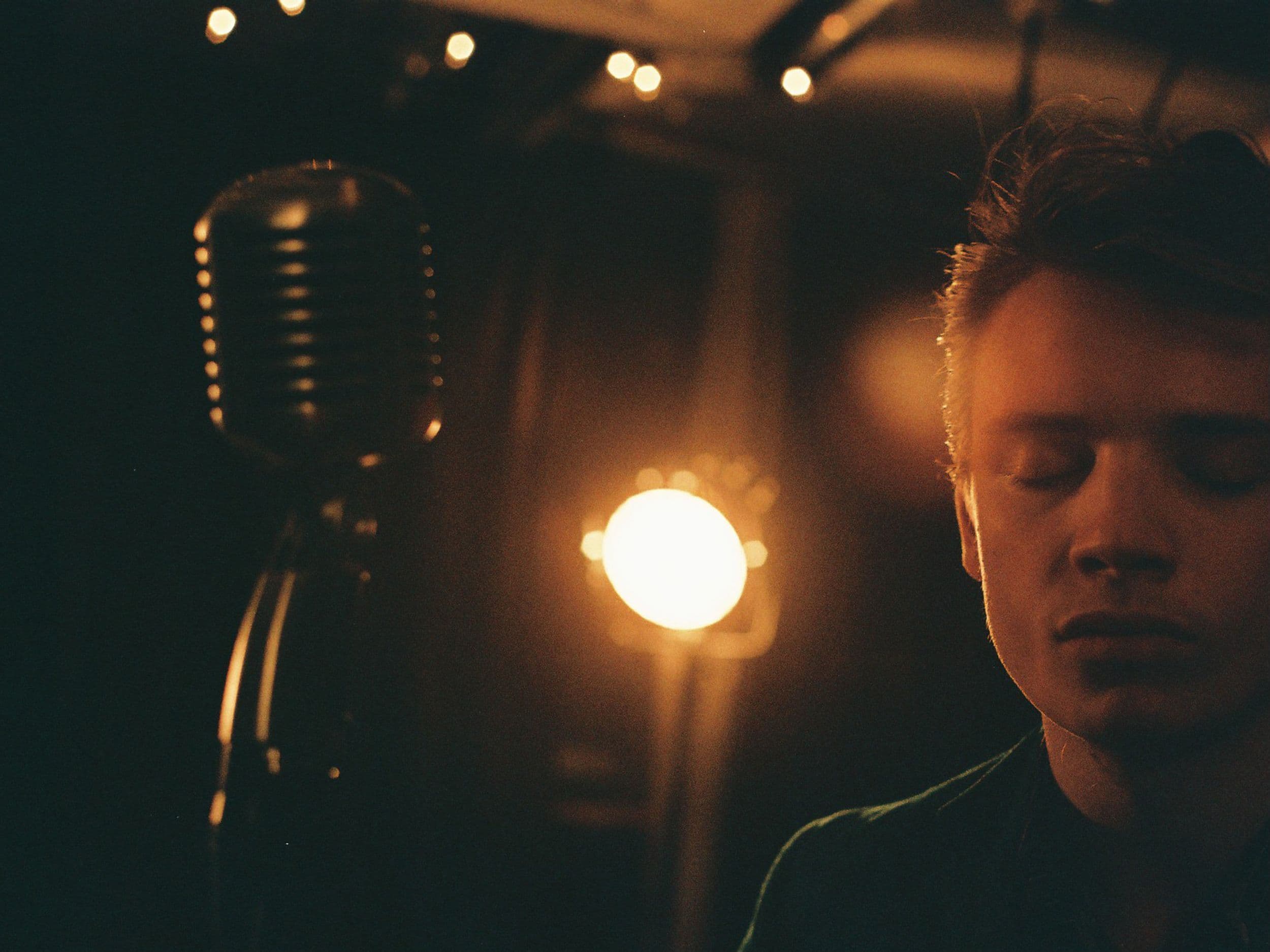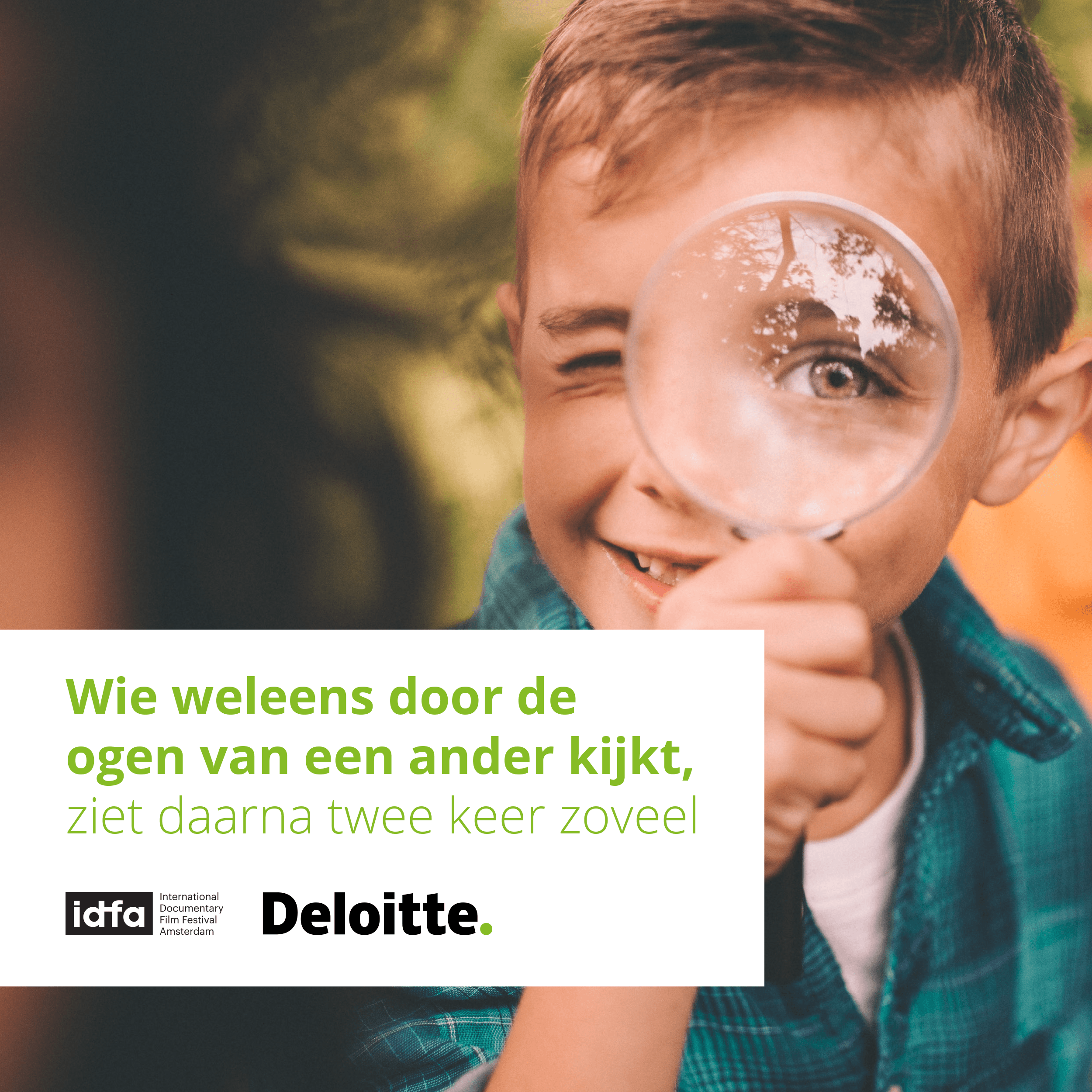
IDFA and Eye Filmmuseum's commitment to inclusive learning
IDFA believes in the power of documentary film to not only foster critical thinking in young generations but also spark a sense of wonder about the world. For nearly two decades, the festival has brought documentaries into classrooms—from primary schools to vocational colleges—introducing students to new perspectives. But its ambitions go further: IDFA aims to make high-quality film education accessible to all children and young people.
In 2025, IDFA and Eye Filmmuseum are taking new steps in this mission by co-creating educational programs that explore how film can support the social-emotional development of students with visual or hearing impairments. This marks a new phase in making film a true window to the world for all.
This collaboration builds upon a project launched last year. With support from the ELJA Foundation, IDFA developed an educational program for a new audience: blind and visually impaired students (special education cluster 1). In close collaboration with Visio Onderwijs Amsterdam, a selection of films was curated alongside tailor-made lesson materials. To enhance accessibility, these documentaries were equipped with audio descriptions—spoken narrations of visual elements—made available through the free Earcatch app by the Audiovisual Accessibility Foundation.
This initiative allowed Visio students to experience the festival with their classmates. Teacher Margot Zwiers explains: “A key goal in our education is to encourage blind and visually impaired students to participate independently in cultural life as much as possible. By joining IDFA’s program, our students not only discovered the documentary genre but also took a trip to a film theater in Amsterdam using public transport.”
For both IDFA and Visio, the project was an exploration of possibilities, yielding valuable insights for future development. One key takeaway was the need for more options within audio description: “Currently, the default format includes a fully narrated description, meaning users who only want subtitles read aloud automatically hear the full audio description as well. A next step would be to let visually impaired viewers choose the level of support that best suits their needs—whether it’s full audio description (ideally with multiple voices) or just spoken subtitles. Every visual impairment is different, and so is the way someone prefers to receive information,” says Emre Valrik, theater maker, Visio teacher, and former student of the school.
Following the festival, teachers requested an additional creative assignment on sound design. The short documentary Rocknrollers, in which sound plays a crucial role, became the foundation for this workshop. Sound designer Brandon Grötzinger developed a session that took place at Het Documentaire Paviljoen, where students first watched the film and then explored the Vondelpark to gather sounds and interview passersby. They transformed their recordings into audio stories, applying the principles of cinematic sound design.
Marije Veenstra, Head of Education at IDFA, reflects: “Focusing on sound design gave these students the structure and freedom to develop key skills like independence, creativity, assertiveness, confidence, and collaboration. The enthusiasm was incredible, and the results showed that in a short amount of time, students could create impressive, original work.”
The power of cro-creation
Visio’s input was essential in shaping the project. What do students need when visiting a film theater? How much extra time is required to set up the Earcatch app in the auditorium? “These may seem like small details, but they are crucial for a smooth and enjoyable experience. More importantly, they ensure that students feel valued and welcome,” explains Katja van Andel, producer at IDFA’s education department.
The collaboration also raised thought-provoking questions: How do students experience film and educational materials when their engagement is primarily audio-based? Which discussion questions are relevant—or not—given their perspective? Experts involved agreed that many elements from this project could be integrated into mainstream education as well. By offering accessible film education, visually impaired students can fully participate alongside their peers. Too often, the reverse is true: students struggle to keep up, lose confidence, and eventually transition to special education. This project demonstrates that it can be different.
A future of inclusive film education
Eye Filmmuseum has also piloted its own special education program, collaborating with three VierTaal schools in North Holland. This initiative focused on deaf and hard-of-hearing students and children with language development disorders (special education cluster 2). Building on the lessons from both projects—and with support from the Netherlands Film Fund—IDFA and Eye are now working to expand and sustain this initiative in partnership with experienced collaborators such as Visio, VierTaal, and education specialist Fenny Postma.
The new collaboration aims to develop practical lesson materials, using film as a tool to support students' social-emotional growth. Students in cluster 1 and 2 education often need additional support in expressing emotions, building confidence, and developing independence. Recent pilot programs have shown that film can be a powerful medium for this. Beyond watching and listening to films, the key lies in facilitating discussions that help students articulate their experiences.
“For blind and visually impaired students, we focus on films that maximize auditory storytelling and provide audio descriptions via Earcatch. For deaf and hard-of-hearing students, we select films with strong visual storytelling and minimal spoken dialogue—works that communicate effectively through imagery. If needed, we add subtitles for the deaf and hard of hearing,” Veenstra explains. Lesson materials and instructional guides will also be developed to integrate these films into hands-on learning activities.
Sharing knowledge and resources will be a central component of this project. IDFA and Eye aim to provide other film education organizations with ready-to-use lesson plans and inspiration for new initiatives. By working together, we can strengthen and sustain cultural education—both for students in special education and for those in mainstream schools who receive additional support.
__________
Meer lezen
IDFA's onderwijsprogramma wordt mede mogelijk gemaakt door Fonds 21, Brook Foundation, Deloitte Impact Foundation en IDFA Dikke Vrienden+.
